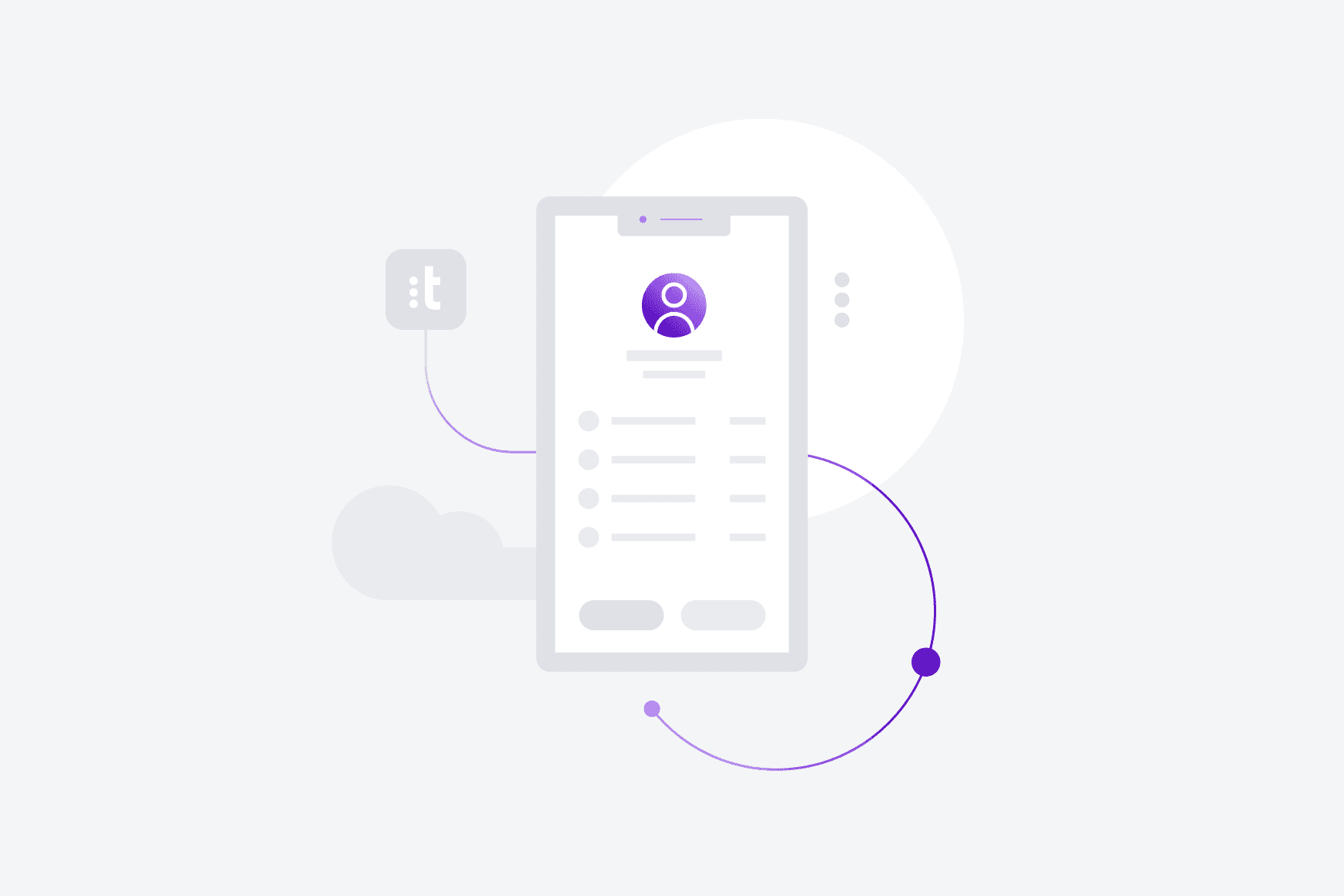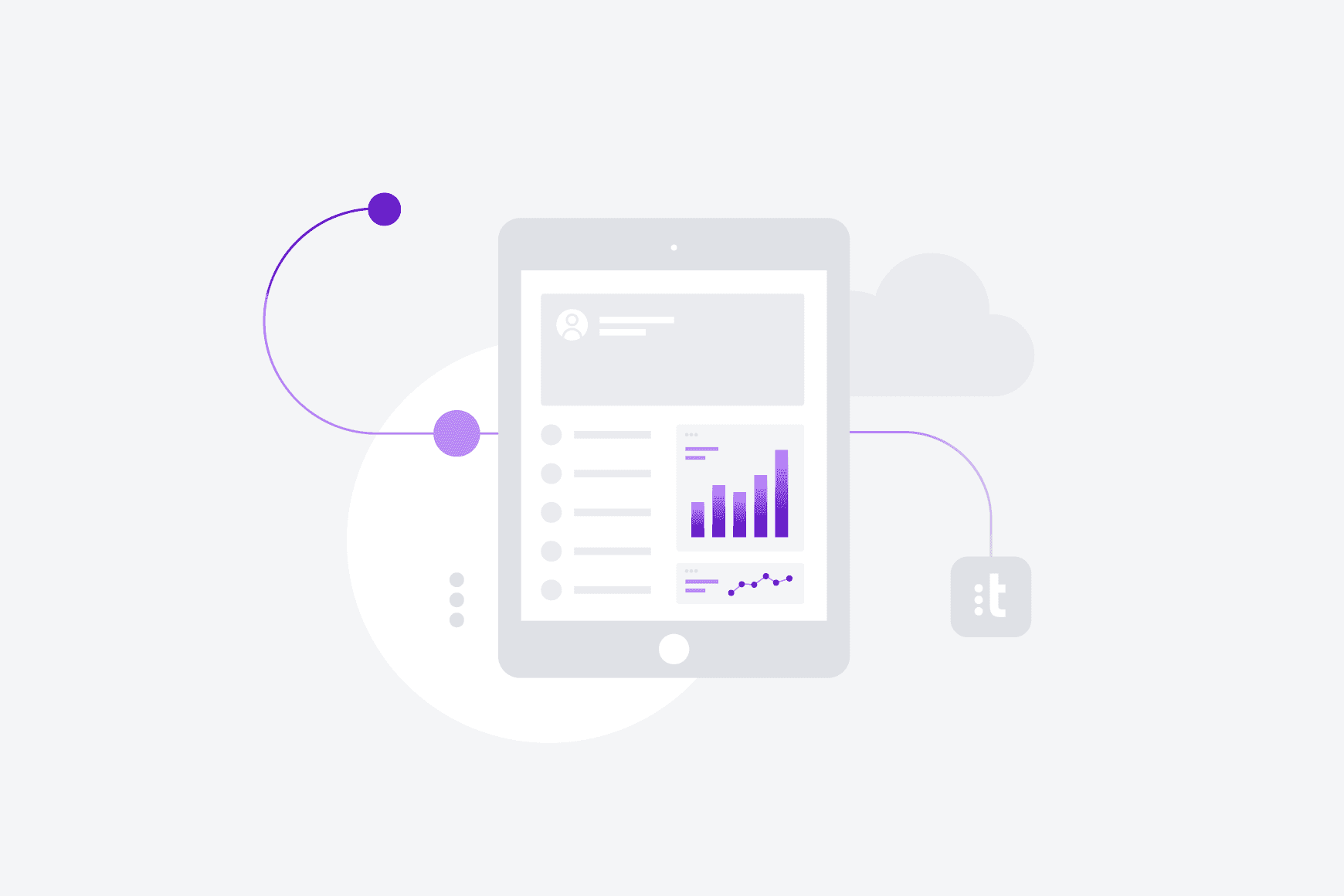Contact Center Trends
Make Workforce Management a Priority When Upgrading Your Contact Center

Workforce Management (WFM) presents difficult challenges, especially with regard to an omnichannel contact center. Until recently, forecasting and scheduling was done by time increments, usually in 15 to 30-minute blocks. But, that type of system doesn’t work for email and social media interactions, which can extend well beyond a real-time metric; or for more complex interactions involving people outside the contact center itself, such as product specialists who are brought in to aid with a difficult or complicated resolution.
Modern WFM systems must account for these variables to ensure that agents can deliver a consistent experience across all channels while also meeting their own targets and goals. Furthermore, companies need to rethink the metrics they use to measure agent success. Omnichannel contact centers are built to improve the customer experience by leveraging a deep and broad level of understanding of the customer journey, and by facilitating customer interactions on any platform or device. Those interactions often exceed specific time limits or boundaries: Picture a customer who tweets a complaint, and then goes offline for a while, before coming back to check on a response—the exchange will not happen in real time and can easily outlast the initial agent’s shift.
Things get even more complicated when an agent is tasked with handling contacts from multiple channels (say, web chat and SMS, or all social media platforms, some of which are more time-sensitive than others). And keep in mind that adding channels may not decrease calls to the contact center, but it will likely change the types of calls agents receive—they will be more complex and personal. This will also impact staffing and how you measure success.

![[object Object]](/it-it/_next/image/?url=https%3A%2F%2Fcms.talkdeskqa.com%2Fapp%2Fthemes%2Ftalkdesk-com%2Fassets%2Fimages%2Flogos%2F&w=3840&q=50)
Frost & Sullivan: How Digital Transformation Impacts the Modern Contact Center
All of this has significant changes for how we approach WFM—it’s not just about scheduling; it’s also about performance. While historically, it was enough to analyze IVR usage, phone call data and first-call resolutions in order to maximize agent productivity, in an omnichannel world, any customer contact might ultimately result in resolution only after multiple touchpoints, including online, through a mobile app, on social media and/or via a call with a live agent. And those contacts may exceed traditional time blocks.
Businesses must tie all these interactions together to get a complete picture of the customer experience—and a better understanding of how its workforce is making productive use of its time and, ultimately, performing. This will lead to better outcomes and jumpstart employee engagement, one of the biggest challenges facing contact center managers today.



